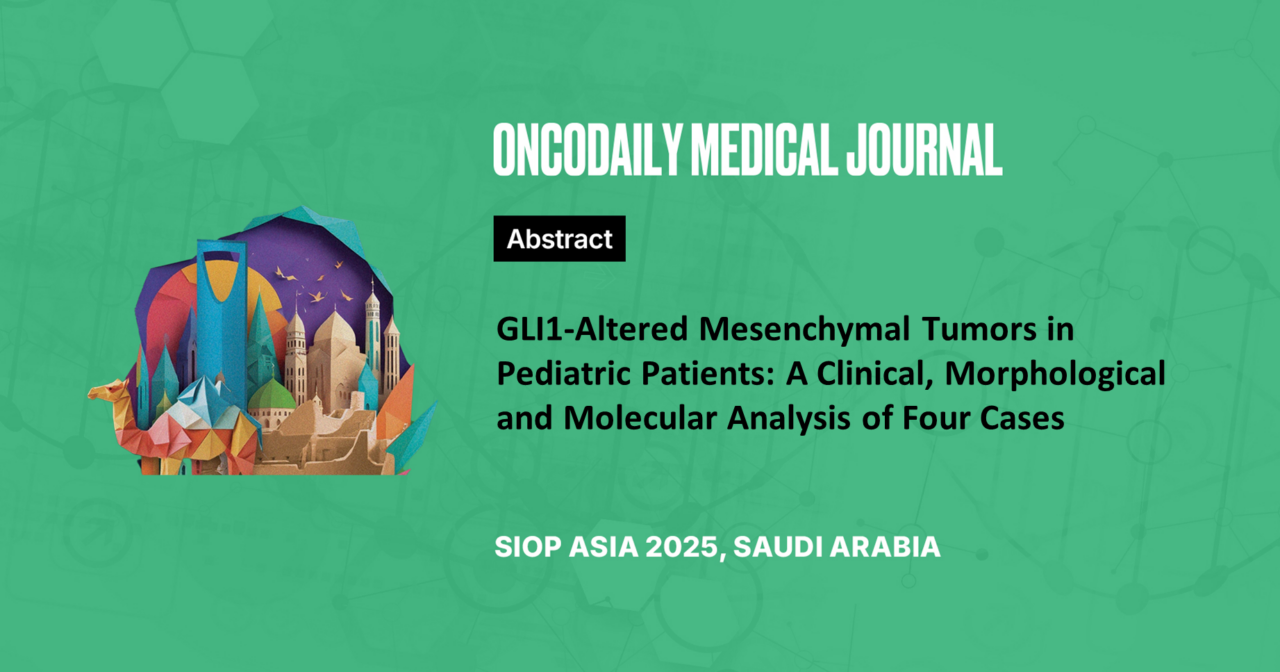GLI1-Altered Mesenchymal Tumors in Pediatric Patients: A Clinical, Morphological and Molecular Analysis of Four Cases
Abstract
Introduction: GLI1-altered mesenchymal tumors represent an emerging category of neoplasms characterized by GLI1 gene fusions or amplifications. While these tumors have been increasingly recognized in adults, their characteristics in pediatric populations remain poorly understood. This study aims to analyze clinical, morphological, and molecular features of GLI1-altered mesenchymal tumors in pediatric patients.
Methodology: We performed a retrospective review of histomorphological examination of patients with mesenchymal tumors with immunohistochemistry (IHC) panel (SMA, S100, PanCK, CD56, p16, MDM2, STAT6), and molecular testing (FISH and NGS) for GLI1 alterations.
Results: At Dmitry Rogachev National Medical Research Center Of Pediatric Hematology, Oncology and Immunology, 233 undifferentiated mesenchymal tumors were analyzed (2012-2023). Samples from 10 pediatric patients were suspected of being GLI1-altered tumors. Four patients were diagnosed with GLI1-altered mesenchymal tumors (2 females, 2 males; median age 10.5 years). Tumors were located in pterygoid fossa, stomach, thigh tissue, and parapharyngeal space.
Molecular analysis revealed two ACTB::GLI1 fusions, one PANX3::GLI1 fusion (reported only one case), and one GLI1 amplification. Morphologically, all tumors exhibited nested growth patterns with monomorphic ovoid cells and prominent vasculature. IHC profiles varied, with CD56 being the most consistently expressed marker. Three patients achieved complete remission through surgery or radiotherapy and chemotherapy. One patient with ACTB::GLI1 showed sustained partial response (70% reduction) with combined radiotherapy and nivolumab treatment (PDL1 22C3 with CPS score of 20>
Conclusion: Our research expands the range of GLI1-altered mesenchymal tumors in pediatric patients, revealing a novel PANX3::GLI1 fusion. If GLI1 alteration is suspected, molecular testing is needed to establish a diagnosis. It is also necessary to define PDL1 expression status. These findings support better understanding of these rare neoplasms in children and may inform future therapeutic decisions.





